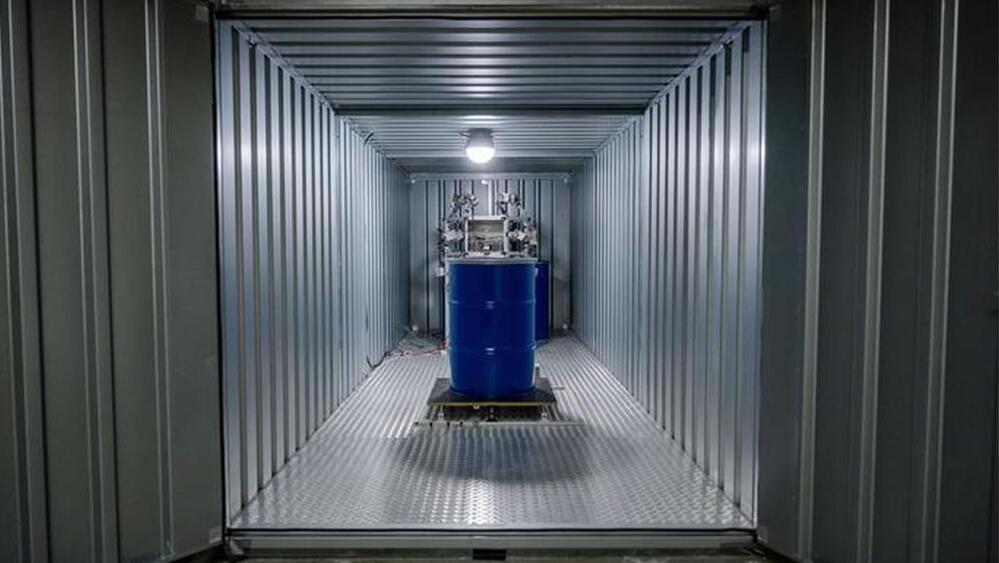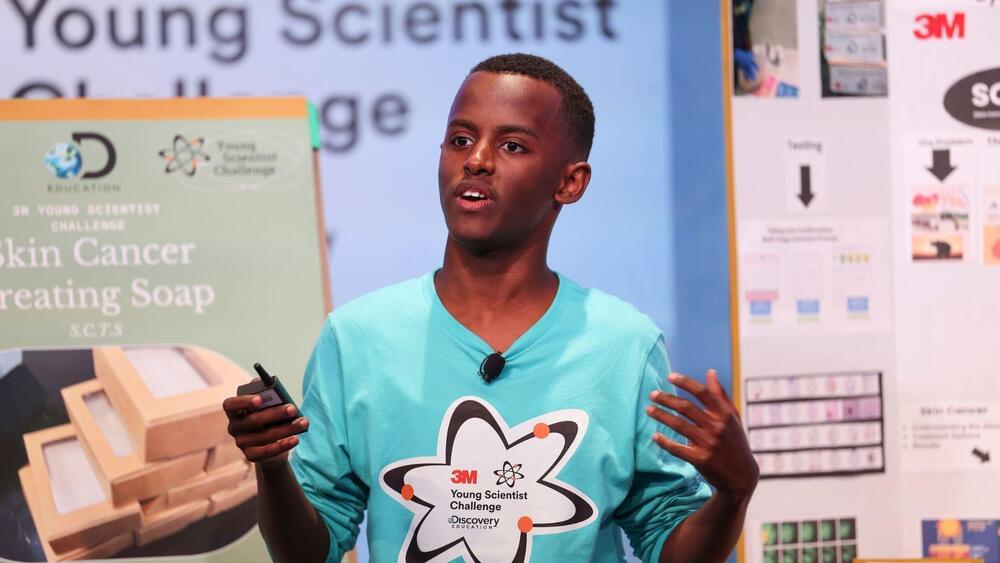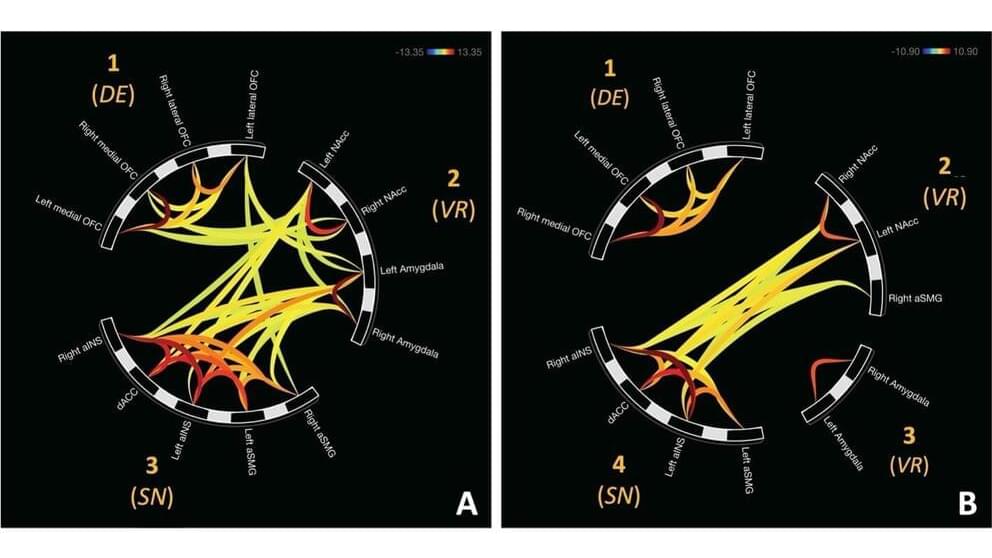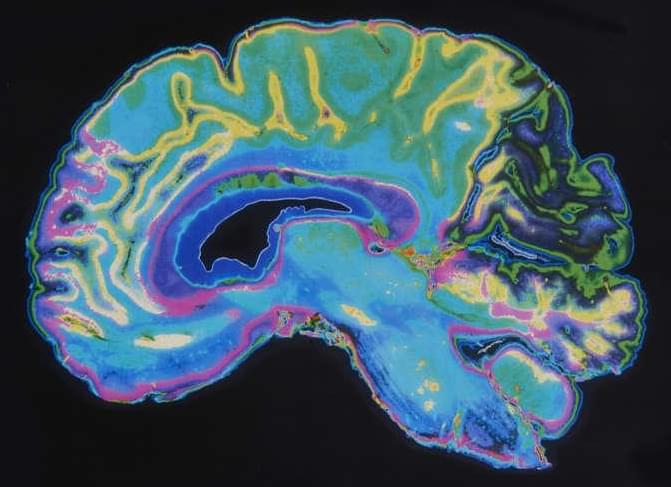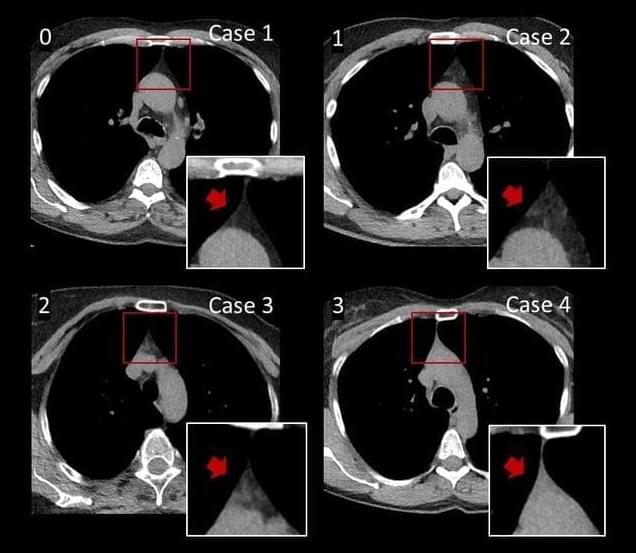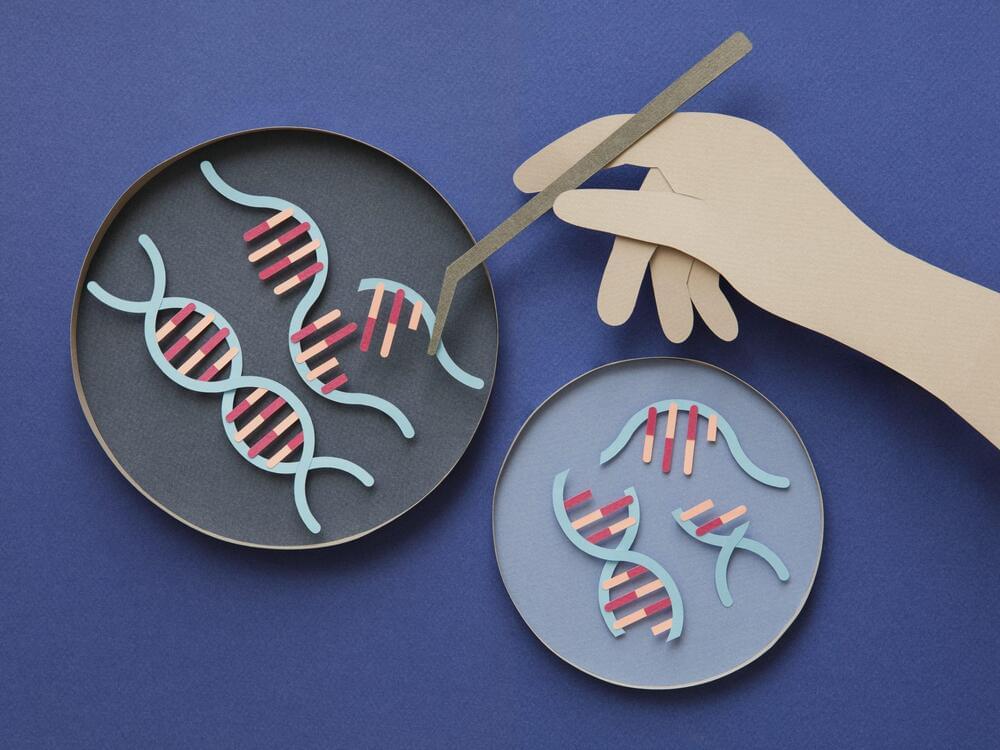An international team of scientists has proposed a new remote monitoring method of nuclear stockpiles using mirrors and radio waves.
An international team of scientists has devised an innovative method of using radio waves to monitor a nation’s nuclear stockpile remotely. Conducted by a team of IT security experts from Germany and the United States, it could be used to build trust between nuclear powers to ensure rivals are keeping their promises when it comes to agreed nuclear disarmament treaties. It could also be used to give a “heads up” if one particular nuclear power removes stored nuclear warheads, which could be an indication of intended use.
Johannes Tobisch et al 2023.
Remote nuke monitoring.
